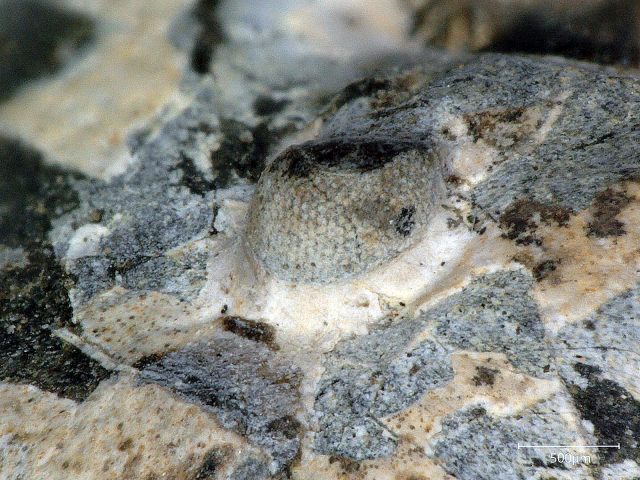Among fossils, trilobites are rock stars. They are adorable (as stony arthropods go), with a segmented shape distinctive enough to be a common logo. But theyre also fascinating because there are so many examples in the fossil record over such a long period of time, given that they thrived for over 250 million years. Studying their evolution is enlightening in part because odds are good for finding excellent specimens.
The University of Colognes Brigitte Schoenemann and the University of Edinburghs Euan Clarkson took a look into the eyes of one exquisitely preserved trilobite specimen, and they learned plenty about how the creatures eyes developed and what that says about evolution. And, as a bonus, they conclude that this particular trilobite species was probably translucent.
A real lens
The fossil in question comes from 429-million-year-old sedimentary rocks in the Czech Republic. Its a centimeter-long trilobite called Aulacopleura koninckii that split in half as the rock layer was peeled apart. The shape of the structures in one of its two eyes is nicely visible, with bits split between the two halves.
Like other early arthropods, trilobites had compound eyes—think about the many-faceted cluster of a flys eye. Each unit in that cluster is called an “ommatidium.” At the top of each ommatidium is a lens, with cone cells beneath it that also help focus incoming light. That light is carried down through a stalk-like “rhabdom” to reach the receptor cells that send signals to the brain. The researchers could make out each of these components in the fossil.

Some of the details of these structures have been debated for trilobites, as it isnt every day you run across a fossil that preserves them. Most notably, the makeup of the lens and cone pair is a little unclear, with questions about whether trilobites formed useful lenses using the mineral calcite, as some organisms do today. These researchers found an older (over 500-million-years-old) trilobite eye a few years ago and noted a meager, non-calcite lens that left the refractive work to beefy cone cells.
This trilobite eye looks different. The cone appears to be minuscule, while the lens is considerably thicker. Even a thicker lens made of chitin isnt refractive enough to focus light underwater, but it would be up to the task with calcite inside. The researchers suspect thats the case here.
Splendid isolation
Another interesting observation relates to what is surrounding this whole structure. In this kind of compound eye, each ommatidium has to be encased in something that blocks light in order to isolate it from the neighboring ommatidia, keeping each unit distinct. Structural walls can be seen fulfilling that job in the fossil specimen, but the researchers also see signs of dark pigment in those walls. (Incredibly, these pigments are stable enough to be preserved in fossils.) That seems duplicative, but modern translucent critters like shrimp also have pigments in those walls since the walls themselves arent sufficient to block light. So, the researchers suggest, these trilobites might also have been translucent.

arstechnica
[contfnewc] [contfnewc]







